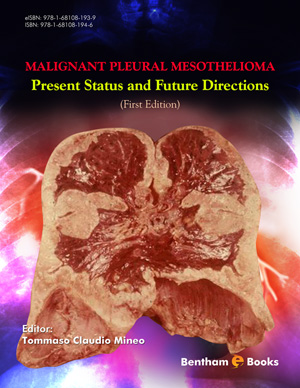Abstract
The increasing recognition of serious asbestos exposure-induced health issues resulted in the decline and eventual ban of asbestos use in most developed countries. However, the history of asbestos use in East Asian countries is quite different, Japan and South Korea completely banned all forms of asbestos in 2006 and 2009, respectively. In Japan, mesothelioma mortality was low until the early 1990s, with fewer than 200 reported deaths in 1991. The 10th Revision of the International Classification of Diseases, which introduced the category of “malignant mesothelioma,” was adopted in Japan in 1995. Since then, the annual number of deaths from mesothelioma in Japan has been reported. Out of 6030 cases in death certificate in Japan(2003-2008), 929 were pathologically reconfirmed to be mesothelioma; the affected areas were the pleura (85.5%), peritoneum (13.2%), pericardium (0.8%), and tunica vaginalis testis (0.5%). A total of 399 mesothelioma cases were reported in South Korea from 2001 to 2010, revealing a relatively larger proportion of female patients (33.8%). The relatively large proportion of mesothelioma in women in South Korea is likely due to the large proportion of mesothelioma cases in women working in asbestos textile factories in the 1970s–1980s. In summary, the incidence of malignant mesothelioma in Japan and South Korea is rising sharply, and the incidence of mesothelioma is expected to increase dramatically and peak in the near future.
Keywords: Malignant mesothelioma, epidemiology, asbestos, East Asia, Japan, South Korea.






















